When developing your next sales presentation, you’ll probably want to know what your aims should be – along with the biggest mistakes to avoid.
If you’re investing in an interactive presentation or sales enablement tool, you’re probably hoping it’s going to become an indispensable part of your sales toolkit, that your entire team can use to effectively communicate and engage with your customers. Something that tells your story and clearly has your customers at its heart.
Unfortunately, that doesn’t always end up being the case. But if it’s done right, an interactive presentation can be all of the above, and more.
As a Creative Technology business who specialise in creating digital sales tools and interactive touchscreen experiences, we’re going to tell you some of the costliest presentation errors and mistakes to avoid when developing an interactive sales presentation for your business. And give you some advice and top tips on how to develop a successful interactive sales presentation.
1. Not sticking to the design process (when working with an agency)
If you choose to work with an experienced interactive agency for your next presentation, you can bet they have a process that’s been tried and tested – and respected (with good reason). A design process is there to ensure success and that the end result meets all your objectives and those of your audience.
Each stage is there for a specific reason, even if you are creating the presentation internally you should follow a clear process. We’ve outlined in these blogs how we develop client presentations.
It also has another vital role: to ensure that everyone is on the same page and focused on one part at a time, it’ll also stop you going over budget and over time.
If, for example, you change the structure and flow of the presentation after you’ve gone through the process, and approved it, it’ll take additional time to make the necessary changes. Or, say, you make substantial changes to the text, imagery and visual look and feel after it’s been approved, this can also incur more time – and more costs.
2. Not getting the best out of the software
The most effective presentations are conversations; a two-way dialogue is far more persuasive and engaging than a one-way broadcast. Too many people are still relying on PowerPoint presentations packed full of content-heavy slides and bullet points, leading to the infamous ‘death by PowerPoint’.
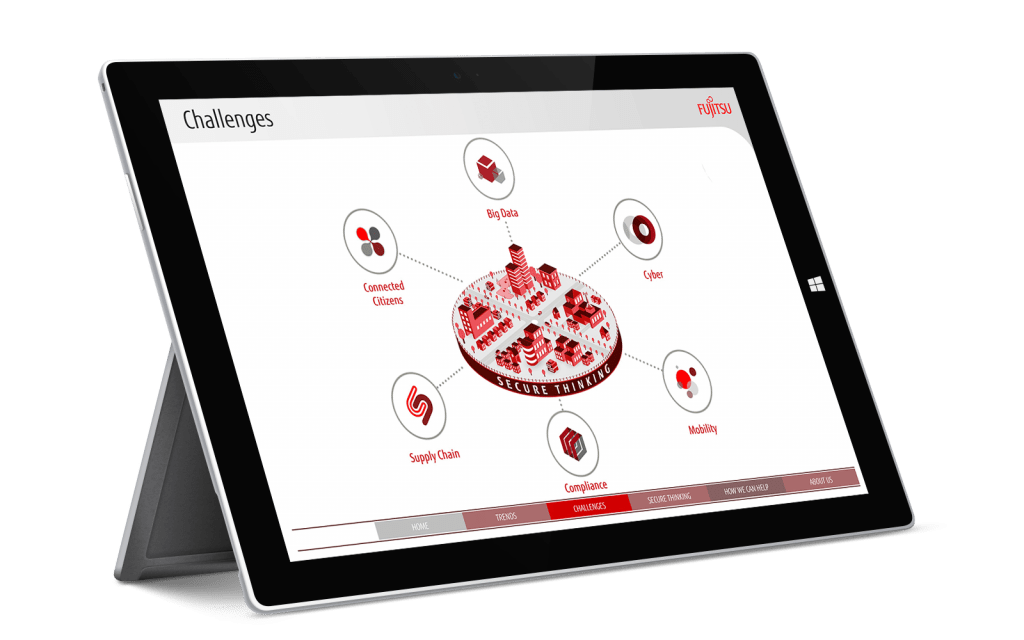
PowerPoint is a powerful presentation tool that can help to stimulate conversations and significantly improve understanding and engagement – if used correctly.
Instead of a static one-way presentation (one of the most common presentation errors), make yours an interactive sales presentation. Start that conversation, and have a meaningful dialogue where your customers aren’t just feeling dictated to – instead, make them feel part of what’s going on. Answer their questions. Tell an engaging story about their world. Skip to the parts that will resonate most with them.
With careful planning and using a clear process you can easily create interactive presentations that are all about the customer in the room and PowerPoint is one of a number of software tools we use to do that.
3. Not creating a visual story around your customer
Visual stories engage customers; they are more memorable, help people make clear decisions and people are much more receptive to information that’s laid out in a visual way. Fact.
So you have to ensure that you make full use of visual storytelling in your presentations. This doesn’t have to be complex illustrations, just using relevant imagery can go a long way to help tell a story.
The correct use of visuals will help people understand how you fit into their world and if you create a visual that captures their business and illustrates how you fit in then this can be very powerful.
Client example for Isotrak, who develop fleet tracking solutions, the city visualisation helps customers understand how Isotrak fit into their world.
When customer face time is so precious, you can’t afford to waste time with complex presentations that don’t address their needs and don’t make it crystal clear the benefits and opportunities you’ll bring to the partnership.
Tip: Check out one effective visual storytelling technique that’s guaranteed to bring your presentation to life.

Advice from the presentation pros
There are some other presentation errors to avoid if you want to get it right.
Firstly, your audience should always come first. Think about the problems and challenges you’re solving for them before you decide on the tool to communicate this. After all, there are many communication/presentation tools out there – is a presentation really the right touch point for your audience?
If a presentation is the way forward, make sure you know your audience. Have you learned as much as you can about them? And if so, what do they want to hear? Ask yourself how you can make your presentation content personal and relevant to them.
Most importantly of all have a clear action in mind for what you want them to do after your presentation.
Move past interactive sales presentation errors
Presentations are all about making it as easy as possible for your customers to say ‘Yes’ and work with you. And if you can do that in a visual, memorable way, you should be onto a winner. Remember, no-one should have to sit through a presentation that feels like hard work.
At POP, we have a wealth of experience helping businesses get past basic errors to create an engaging, enjoyable experience for potentials customers. Curious about creating persuasive and engaging interactive presentations? Feel free to get in touch on +44 (0)117 329 1712 or email hello@popcomms.com. Or see how we do it below…
Related Posts
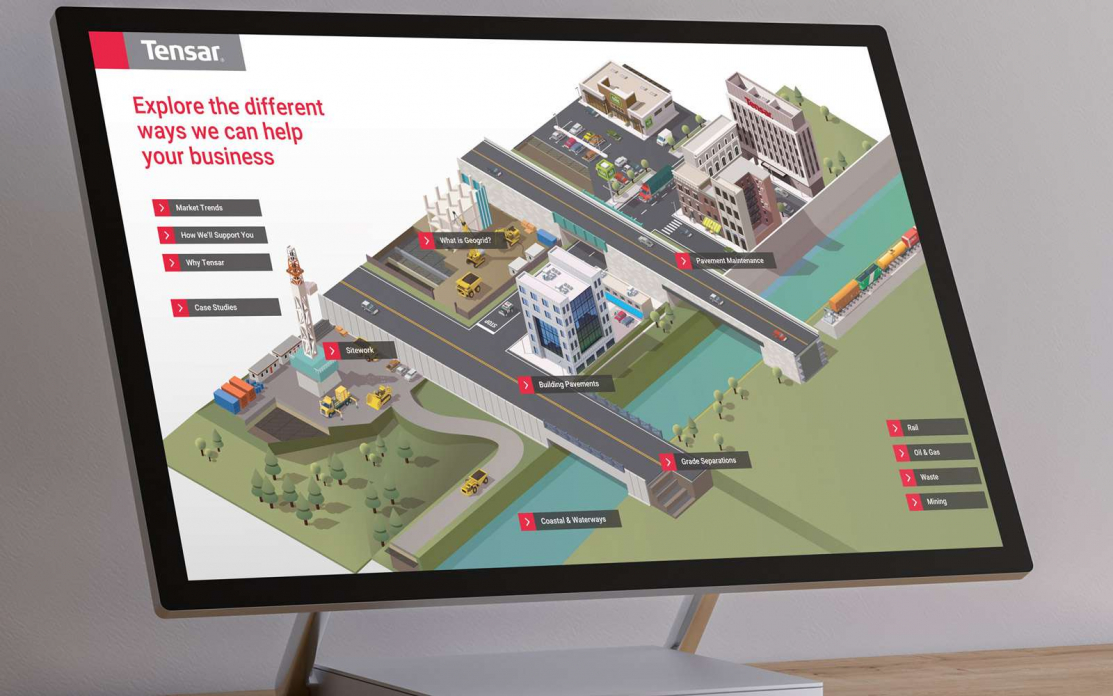
How to Develop an Effective Presentation Narrative – and Why it’s Important.
Read
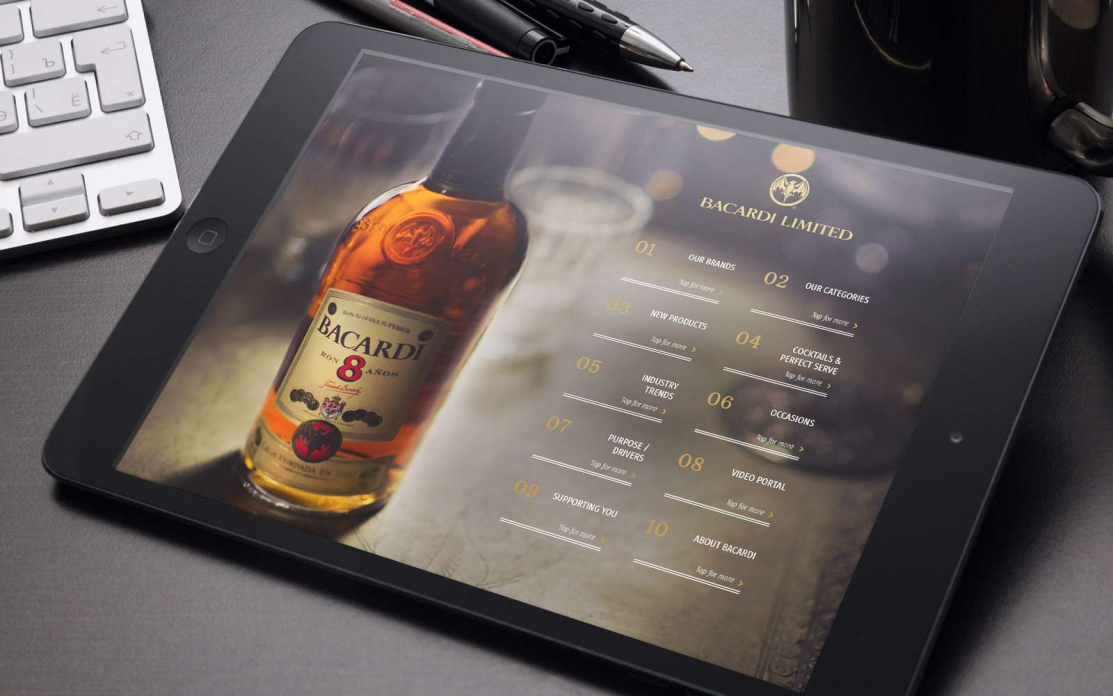
What’s Possible With Interactive Sales Presentations?
Read
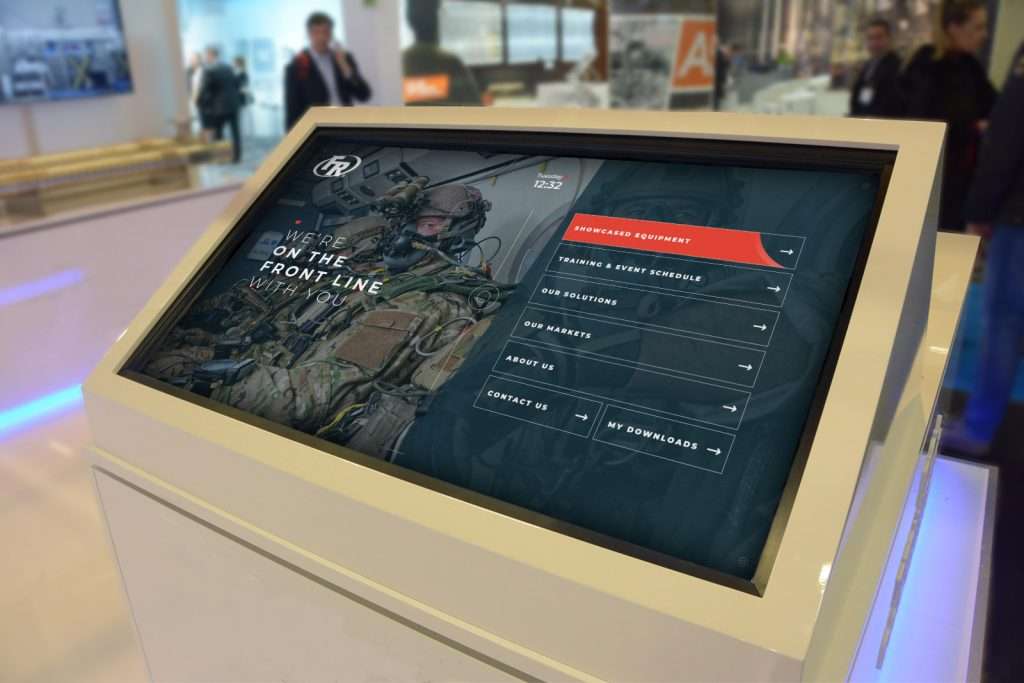
The Importance of Authentic Brand Storytelling in B2B
Read
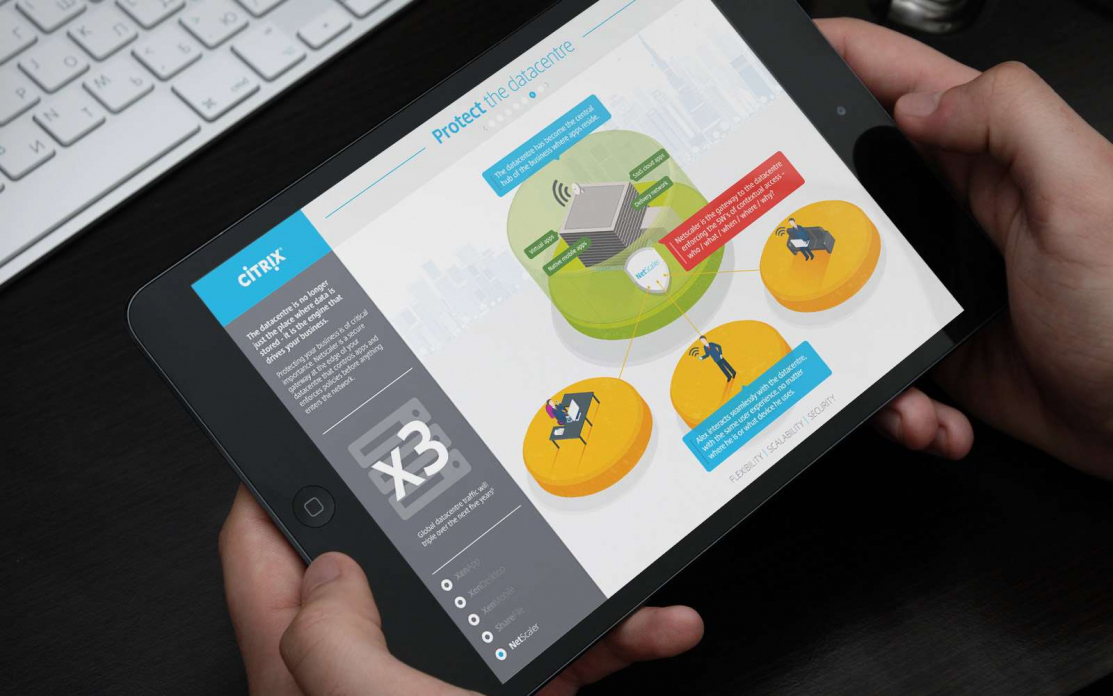
What Is Conversational Presenting & Why It’s Effective for B2B Sales?
Read